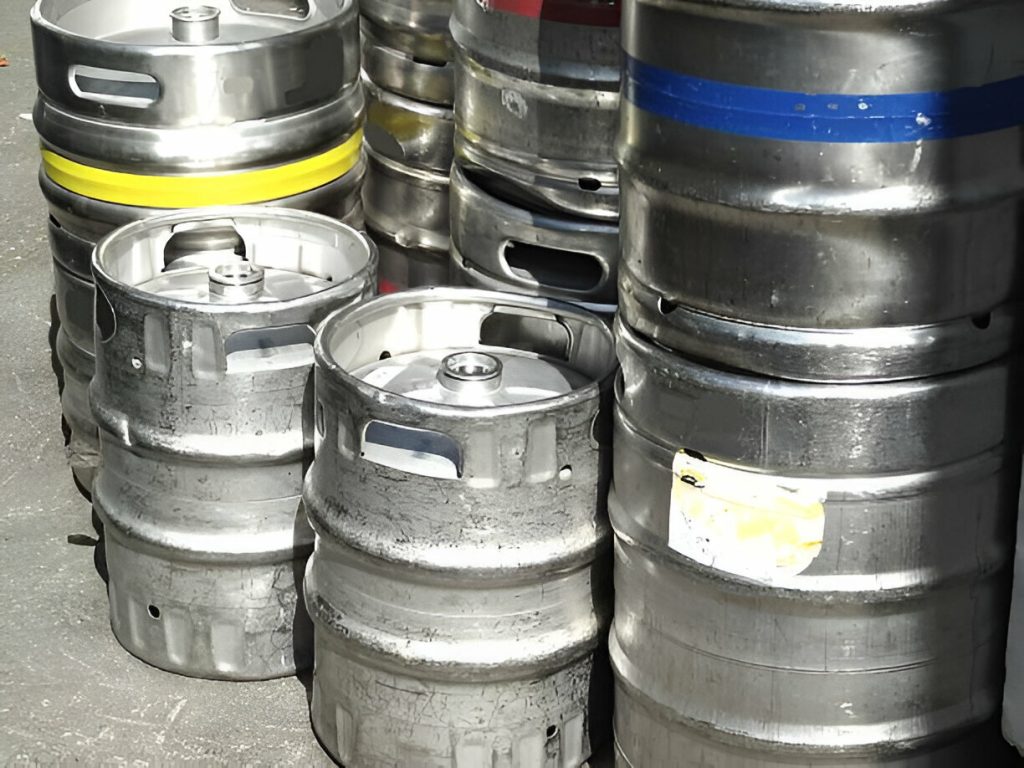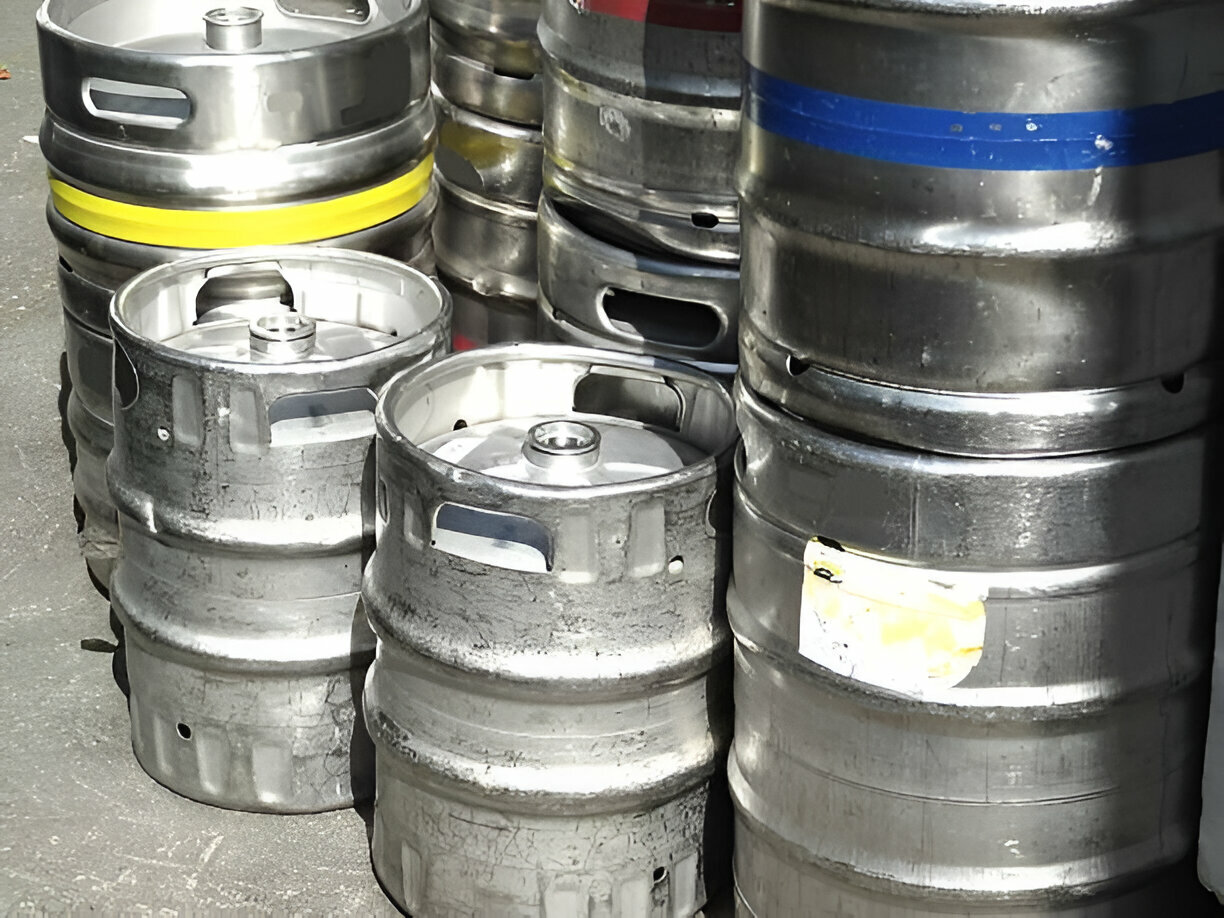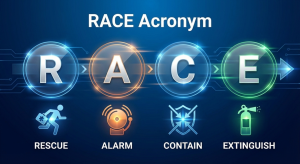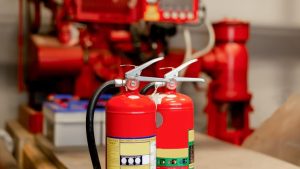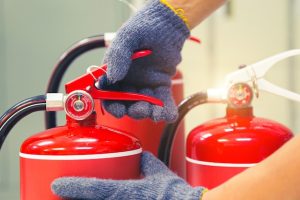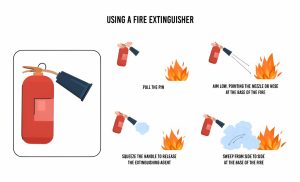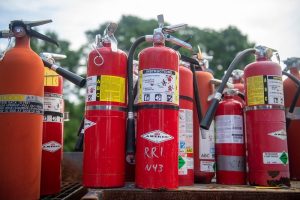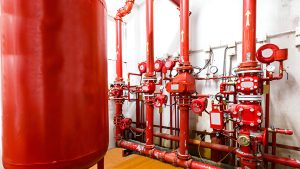If you serve beer from kegs — whether at a bar, brewery, or backyard kegerator — knowing how long your CO₂ tank will last and how much pressure to use is essential. Running out of gas mid-keg is a headache, and pouring foamy or flat beer can ruin the customer experience. That’s why Serviced Fire Equipment created this detailed guide on CO₂ usage, PSI settings by beer type, and tips to maximize your tank’s performance.
We refill CO₂ cylinders, sell tanks of all sizes, and perform DOT hydrostatic testing — so we know a thing or two about what works and what doesn’t in the world of beer gas.
How Long Does a CO₂ Tank Last?
Let’s start with the most common question we get: “How many kegs will my CO₂ tank last for?”
Average Keg Yield by Tank Size (Serving-Only)
| CO₂ Tank Size | Approx. Kegs (15.5 gal) |
| 5 lb | 2–3 kegs |
| 10 lb | 4–6 kegs |
| 15 lb | 6–8 kegs |
| 20 lb | 6–10 kegs |
| 50 lb | 16–28 kegs |
These estimates assume standard serving pressure (10–12 PSI) at 38°F. If you’re also force-carbonating beer or running long beer lines, you’ll use more gas.
Why the Range?
The number varies because CO₂ use depends on:
- Whether you’re just serving or also carbonating
- PSI settings
- Line length and resistance
- Temperature
- Leaks or regulator inefficiencies
A perfectly dialed-in system can stretch a 20 lb tank further than one with constant line purges, warm kegs, or poorly maintained seals.
PSI Settings by Beer Style
The next biggest variable in CO₂ consumption is your PSI — pounds per square inch of pressure used to push the beer. Different styles of beer are carbonated to different volumes (CO₂ volumes per volume of beer). Here’s a chart to help you dial it in:
| Beer Style | Ideal PSI (at 38°F) |
| Domestic Lagers | 10–12 PSI |
| Pale Ales / IPAs | 10–12 PSI |
| Wheat Beers | 12–14 PSI |
| Belgian Ales | 12–14 PSI |
| Stouts (CO₂ only) | 8–10 PSI |
| Nitro Beers (Beer Gas) | 30–35 PSI |
| Hard Ciders | 12–14 PSI |
| Kombucha | 10–14 PSI |
| Sparkling Wine | 14–16 PSI |
✅ Tip: If your beer is foamy, don’t just drop the PSI. Make sure the beer is cold and the lines are clean. Foam can also be caused by dirty faucets, poor line balance, or temperature swings.
Force Carbonation vs. Serving
There’s a big difference between force carbonating a keg and serving it. If you’re a homebrewer or microbrewery, you’re likely doing both — and using more gas.
- Force Carbonation: Typically requires 20–30 PSI over 24–72 hours.
- Serving: Usually runs between 8–14 PSI.
If you carbonate warm beer or use the “shake and blast” method, expect even higher consumption.
Real-World Use Case
Let’s say you’re a local bar with three taps, serving domestic beer. You use a 20 lb CO₂ tank and run your system at 12 PSI with beer stored at 38°F. You’re only using CO₂ to push the beer.
You’ll get around 8 full-size kegs before needing a refill.
Now, let’s say one of those taps is a Belgian-style witbier and you bump the PSI to 14. Over the course of 6–8 weeks, this higher pressure will consume more gas, and you might get just 6–7 kegs from the same tank.
Factors That Affect CO₂ Usage
Here’s a closer look at what affects gas consumption:
1. Temperature
Cold beer holds carbonation better. Warmer beer requires higher pressure to stay carbonated, which burns more CO₂.
2. Line Length and Diameter
Longer beer lines create more resistance. Most kegerators run 5–7 ft of 3/16” ID tubing. Longer commercial lines may need higher PSI to maintain flow.
3. Leaks
Even a small leak at the regulator or a tank valve can empty a CO₂ tank in hours. Always check fittings, washers, and gauges regularly.
4. Elevation
Higher altitude = lower atmospheric pressure, which affects carbonation. You may need to increase PSI slightly in high-elevation areas to get the same results.
Signs Your CO₂ Tank Needs a Refill
You’ll know it’s time to top off your tank when:
- Beer pours slowly or not at all
- You hear no “hiss” when opening the regulator
- Regulator gauge shows less than 500 PSI
- Inconsistent carbonation from one keg to the next
At Serviced Fire Equipment, we refill while you wait — usually in 5–10 minutes — and we never make you swap out your own tank unless you want to.
CO₂ Tank Safety and Maintenance
- Always store tanks upright and secure them to prevent tipping
- Keep away from heat or open flame
- Check for leaks with soapy water — bubbles indicate escaping gas
- Use tanks that are in-date – hydrotesting is required every 5 years (we do this in-house)
Extended FAQ
Q: Can I use one CO₂ tank for multiple kegs?
Yes. With a manifold and proper check valves, you can run several kegs off one tank. Just make sure your pressure is appropriate for each style or set a middle-ground PSI.
Q: What size tank do I need for my setup?
- 5 lb – Great for a home kegerator with 1–2 taps
- 10–20 lb – Ideal for small bars and restaurants
- 50 lb – Used by breweries, event venues, and high-volume bars
Q: Is beer gas the same as CO₂?
No. Beer gas is typically a 75% nitrogen / 25% CO₂ mix, used for nitro stouts and smooth-pouring beers. You’ll need a different regulator and tank setup.
Q: Can you fill my SodaStream or paintball tank?
Yes, we refill smaller cylinders too! Just bring it in and we’ll get you taken care of.
Why Choose Serviced Fire Equipment?
At Serviced Fire Equipment, we specialize in walk-in CO₂ refills, hydrotesting, and new tank sales. We’re locally owned, fast, friendly, and competitively priced.
✅ Refill CO₂ tanks of all sizes
✅ Hydrotest tanks (DOT-certified)
✅ Sell new & refurbished tanks
✅ Offer beer gas system consultations
✅ Located conveniently in St. Petersburg, FL
Visit Us for Fast CO₂ Refills
📍 3200 62nd Ave N, St. Petersburg, FL 33702
📞 (727) 620-3473
✉️ Sales@ServicedFireEquipment.com
No appointment needed — just walk in, and we’ll have you back on tap in no time.
Final Thoughts
A 20 lb CO₂ tank typically gets you 6–10 full-size kegs, depending on how you use it. By understanding the right PSI for different beers and maintaining a clean, balanced system, you’ll avoid foam, waste, and downtime.

